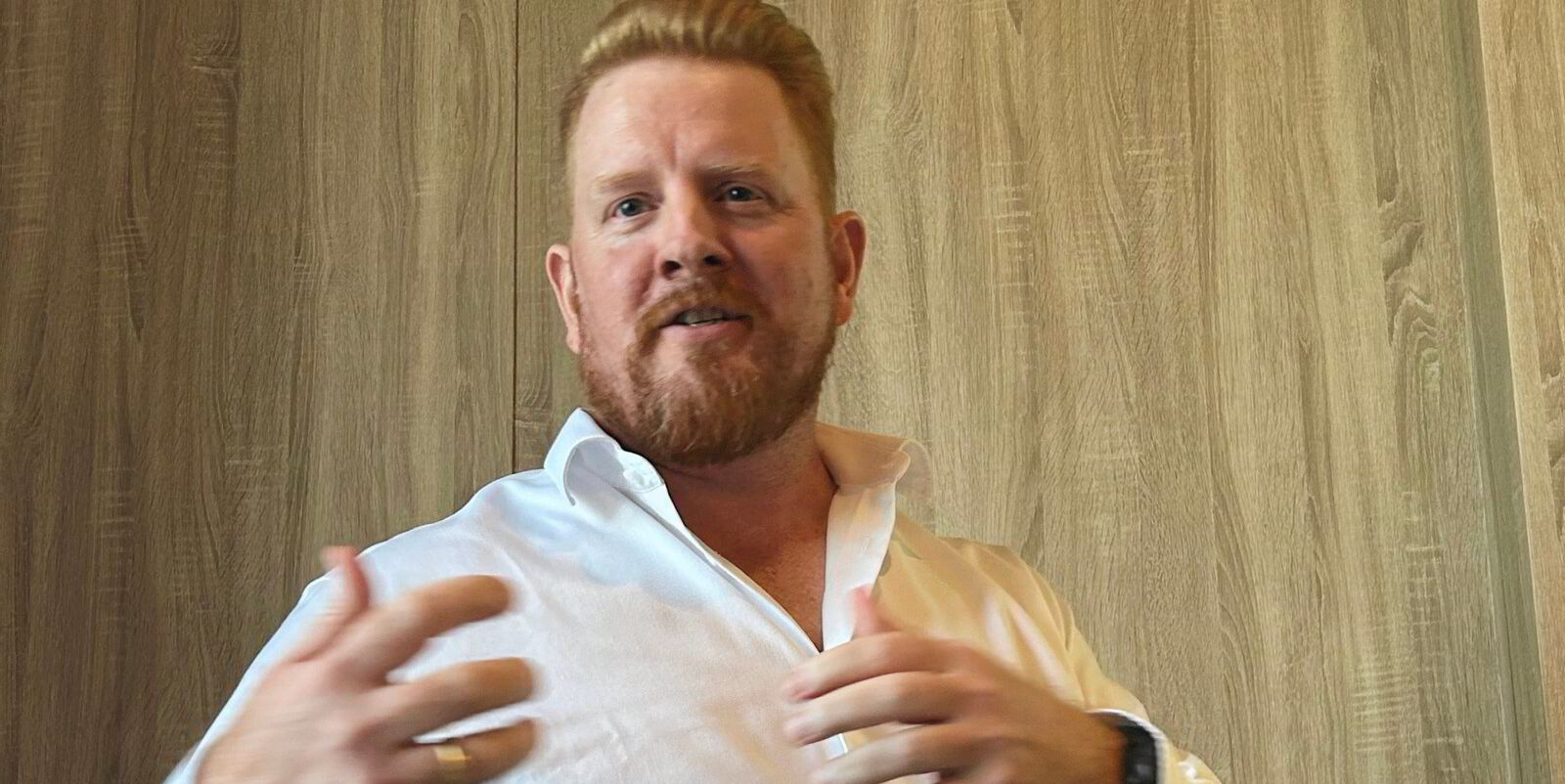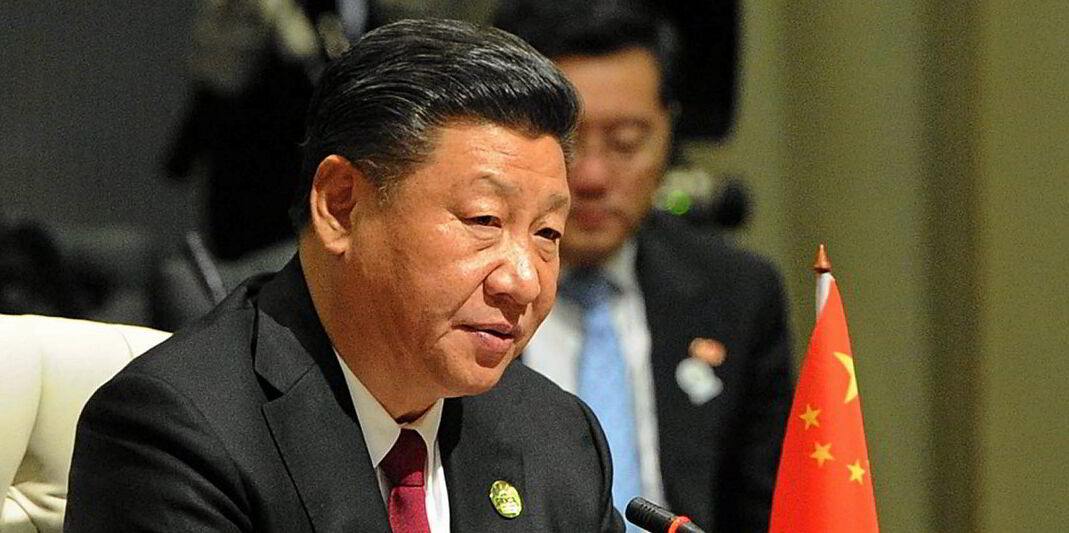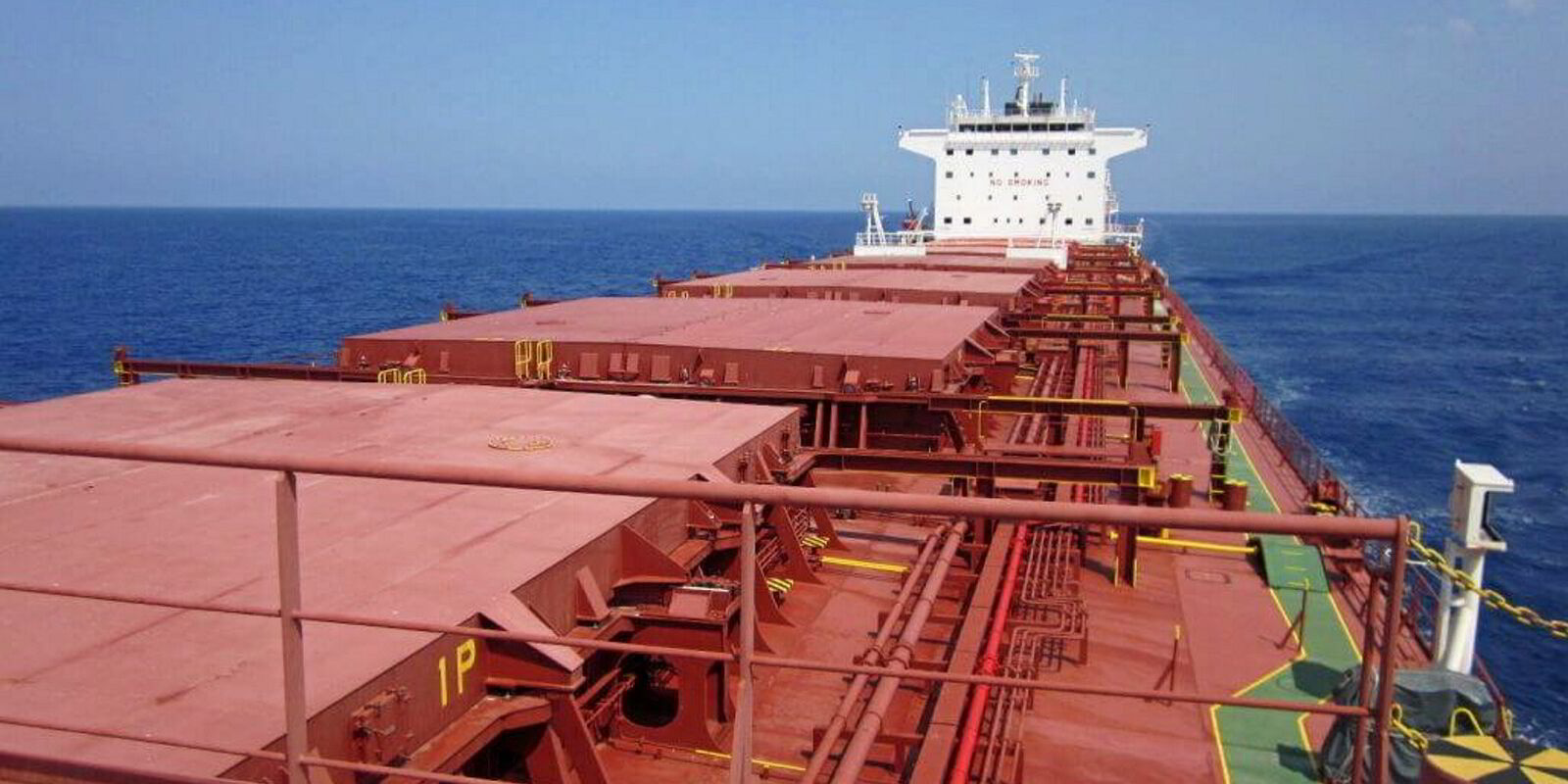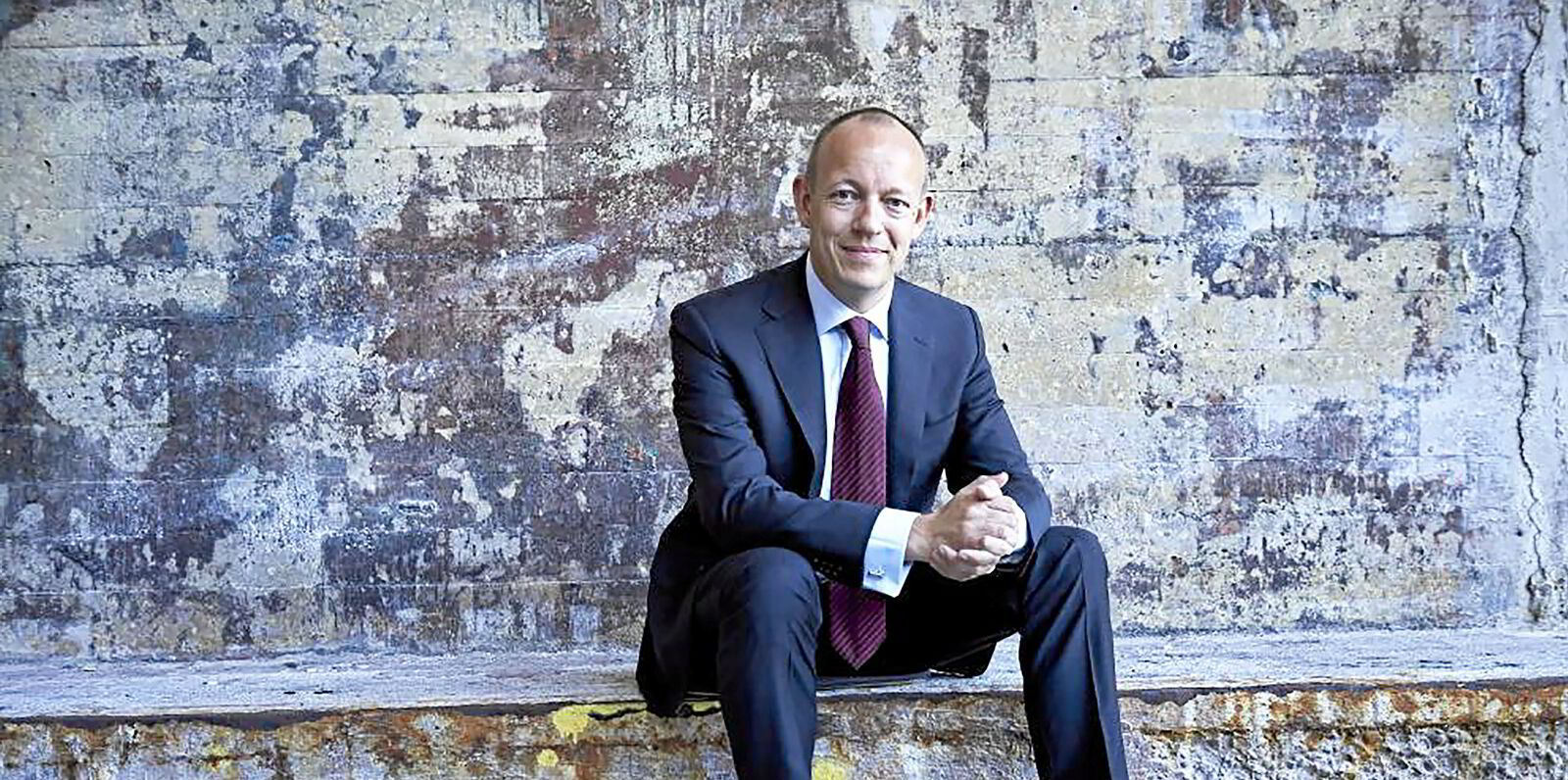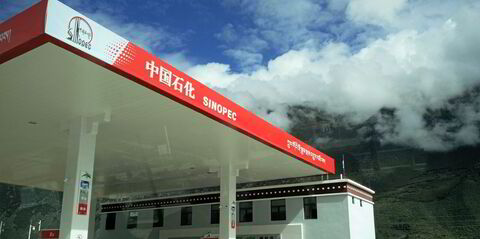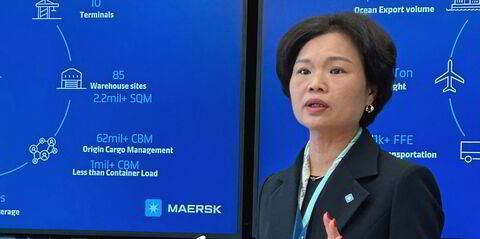After 20 years of business in China, Norden re-entered the capesize segment in 2023.
There have been doubts recently about the strength of the Chinese economy, but the Danish owner-operator has a stable outlook.
The company’s main commodities discharged in China are iron ore, coal and grains/agricultural products.
In an interview with TradeWinds in Shanghai, Peter Koch Hansen, head of dry cargo Asia at Norden, said: “We continue to see growth for Norden in the capesize segment.
“We just entered the capesize segment last year. And a big part of the capesize segment is, of course, iron ore and bauxite into China.
“That is what we are focusing on as well. That will be a volume growth for Norden, of course.”
The downturn in the Chinese property market has dragged down the rest of the economy.
“We haven’t really seen it too much. Iron ore stockpiles are obviously high. But we are still seeing strong volumes moving,” he said.
“We see new projects like Simandou [the huge Guinea iron ore mine], which will be a substantial volume kicking in on capes. Maybe that will substitute some of the volume from India. But I am sure we will continue to see strong volumes in to China.”
Chinese finance minister Lan Fo’an said on Saturday that the government plans to “significantly increase” debt to boost the economy, Reuters reported.
The government has had a policy of deleveraging, which has slowed the economy.
Judy Chen, Norden’s head of dry cargo in China, said: “It is not that surprising for the Chinese people to see the property prices going down, because it is in line with our expectations.”
Norden believes that some of the decline in the property sector can be replaced by higher manufacturing activity.
Stimulus support
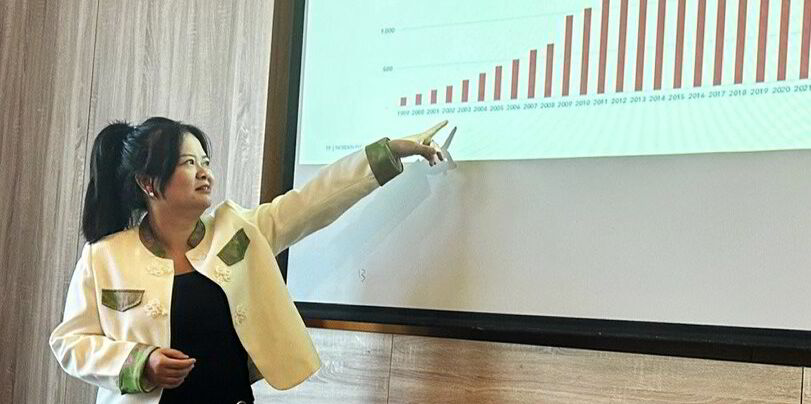
“I think the government has recently been putting more focus on manufacturing and the high-tech industry. The property market is still very important for the dry bulk market. That is for sure,” Chen added.
So far this year, Norden has discharged 26.5m tons compared with 18m tons for all of 2023.
“Maybe stimulus will support the macroeconomy in the short term,” Chen said.
“We think long-term the Chinese economy is still resilient. Such a resilience will also benefit the shipping industry.
“In the near future, exporting will play a more and more important role for the economy.”
The discharged volume in China has increased to 22% of Norden’s total volume compared with barely 15% in 2023, but the loaded volume is still only around 2% of the total.
But Norden sees increasing synergies between the dry cargo and project business.
Koch Hansen said: “We have seen, on the export side, more steel going out of China and into Europe. We’ve seen exports going up a little bit on smaller ships.
“For us, it is a lot of wind-related. The green transition is not free. So it is buyers mostly in the Western world. It is still early days in the green transition for Asia.”
Other countries in Asia are also contributing to the growth.
“India is definitely an important factor. We definitely see that as a big market too,” he said.
The main commodity to other Asian markets is coal.
“Coal is a necessity, at least in this part of the world. If you want to keep the lights on, coal is essential,” he said.
“And it is still the cheapest way of doing that. Many of the developing countries around us are heavily dependent on that. That is where we have seen a lot of growth over the last five to 10 years.”
In the past six years, Asia has grown from 42% to 54% of Norden’s total dry bulk volume.
“We have seen a lot more activity in this part of the world than in the Atlantic,” Koch Hansen said.
The company has a target to achieve net zero emissions by 2050.
“We are focusing on what we can do today,” he said.
“Probably a lot of things have to happen on a regulatory basis that we can’t really control. We can push it — and we are — but we can’t really control that.”
The company is implementing voluntary speed reduction, eliminating the worst polluting vessels from its fleet, applying CO2-based hull cleaning and increasing fuel transparency.
“We can see that this definitely has a huge impact,” Koch Hansen said.
“This is something we offer our customers. We can see the result now. This is what our customers get immediately by just selecting us as their carrier.”
Norden also makes efforts to use more biofuels.
In September, Norden and BHP entered into an arrangement to use 1,000 tonnes of 100% biofuel on a capesize voyage from Hay Point in eastern Australia to Rotterdam in the Netherlands.
“All of this comes at quite substantial cost, even building dual-fuel ships for the future,” Koch Hansen said.
“It all comes with a heavy cost. At least in this part of the world most of our customers are not there yet to pay for it. That is a challenge.
“We are the taxis of the sea. We go where our customers want us to go.
“Methanol and ammonia are probably not going to be available in a tiny port in East Africa. It is going to be available in the major ports, most likely. But it is a challenge in terms of availability for the dry bulk industry.”
